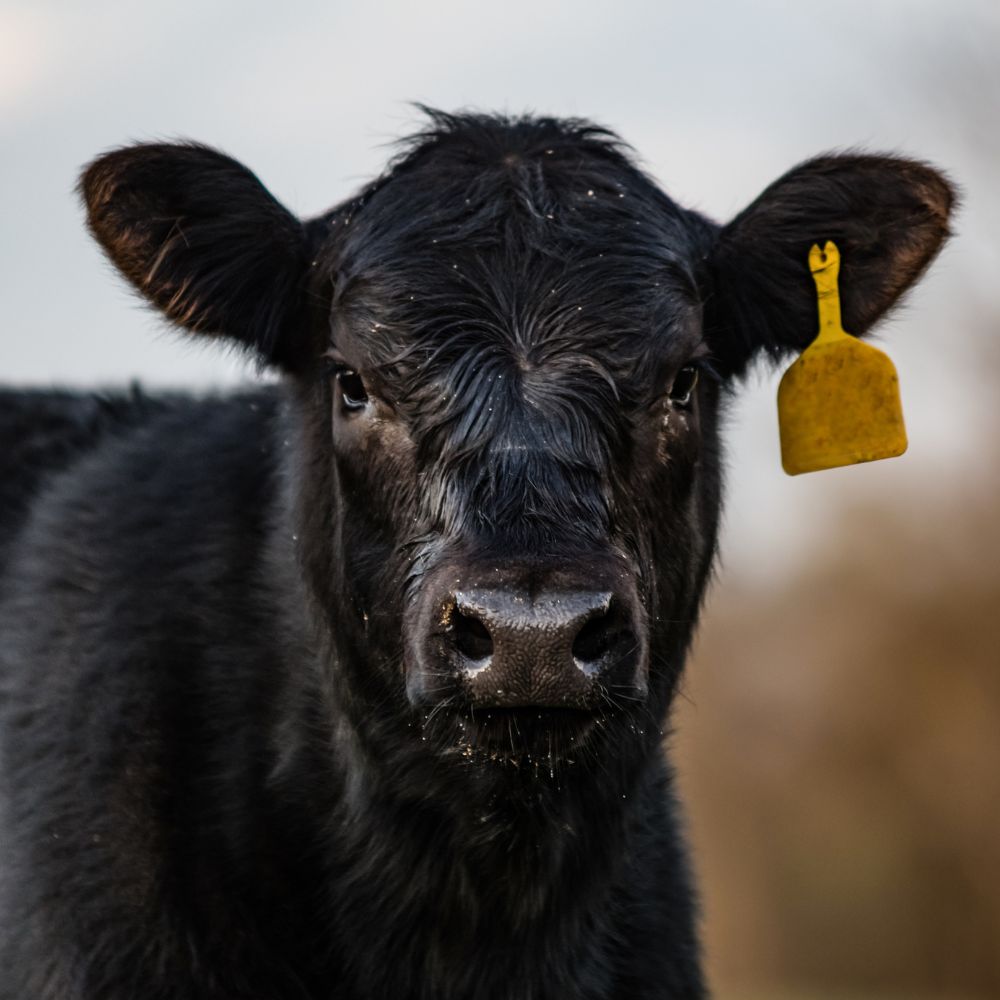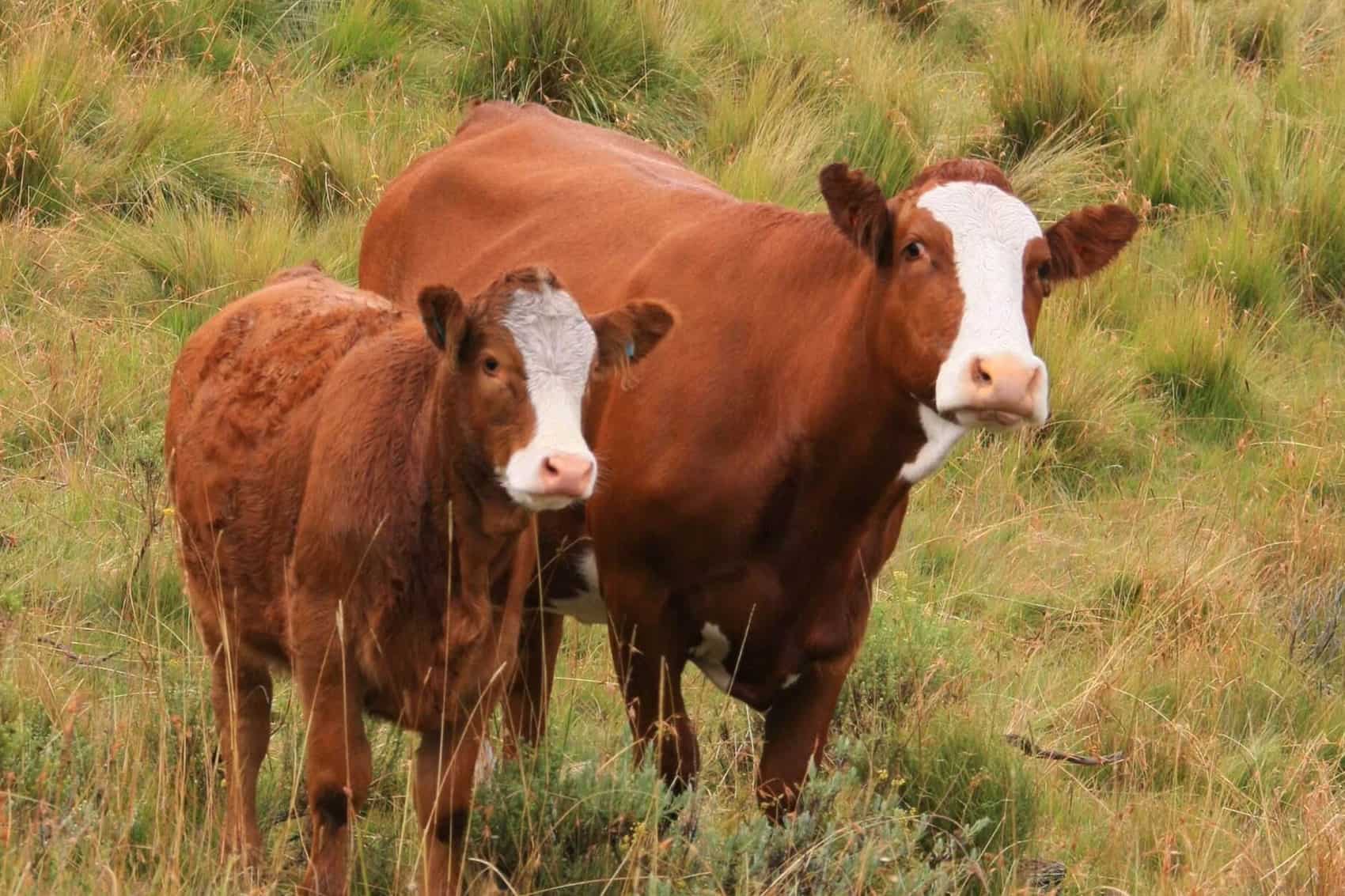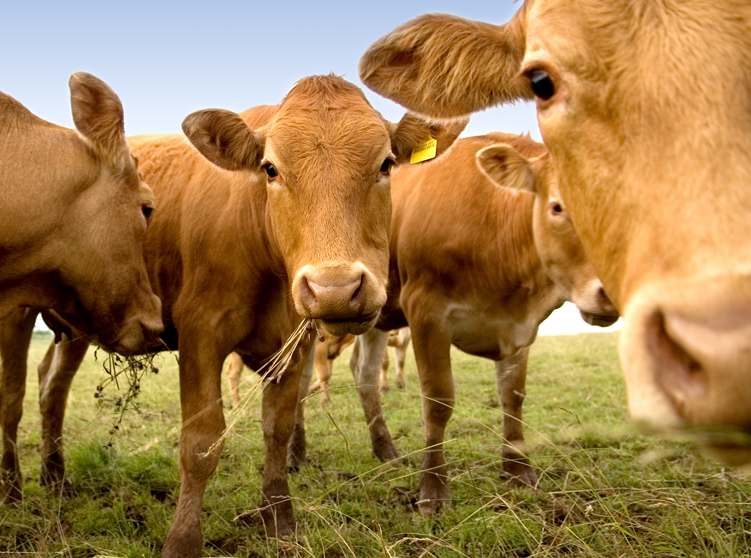Encourage Your Organization: Bagley Risk Management Insights
Encourage Your Organization: Bagley Risk Management Insights
Blog Article
Trick Factors to Think About When Deciding On Livestock Threat Protection (LRP) Insurance Policy
When reviewing alternatives for Animals Threat Security (LRP) insurance, several essential elements warrant mindful consideration to guarantee efficient threat monitoring in the agricultural market. Choosing the best coverage choices tailored to your particular livestock operation is paramount, as is recognizing just how premium prices associate with the level of security supplied.
Coverage Options
When thinking about Livestock Danger Protection (LRP) insurance policy, it is important to recognize the various protection choices available to alleviate risks in the agricultural market. Animals Danger Protection (LRP) insurance coverage uses different insurance coverage options customized to meet the varied needs of animals producers. Bagley Risk Management. Among the key coverage alternatives is cost coverage, which shields against a decline in market costs. Producers can select the protection degree that lines up with their price risk management goals, enabling them to guard their operations versus potential monetary losses.
An additional essential coverage choice is the recommendation duration, which identifies the size of time the coverage is in impact. Manufacturers can pick the endorsement duration that best suits their production cycle and market conditions. Additionally, insurance coverage levels and rates vary based on the kind of animals being guaranteed, offering producers the flexibility to tailor their insurance plans according to their details requirements.
Comprehending the different coverage alternatives available under Livestock Danger Protection (LRP) insurance policy is essential for manufacturers to make educated choices that efficiently protect their livestock operations from market unpredictabilities.
Premium Prices

Livestock Threat Security (LRP) insurance coverage provides necessary protection choices customized to reduce threats in the farming sector, with a considerable facet to think about being the estimation and framework of premium costs. When identifying premium prices for LRP insurance policy, a number of factors enter play. These consist of the kind and number of livestock being guaranteed, the protection level picked, the existing market value, historic rate data, and the size of the insurance coverage duration. Insurance companies might also consider the area of the ranch, as geographical elements can impact the overall danger account.
Insurance firms assess historical information on animals prices and manufacturing prices to figure out a proper costs that reflects the level of risk included. It is crucial for livestock producers to very carefully review premium costs and protection alternatives to ensure they are appropriately safeguarded against potential financial losses due to adverse market conditions or unanticipated occasions.
Eligible Animals
The determination of qualified animals for Animals Danger Defense (LRP) insurance coverage includes cautious factor to consider of details standards and characteristics. Livestock types that are commonly eligible for LRP insurance include feeder livestock, fed lambs, cattle, read what he said and swine. These animals have to fulfill particular qualifications connected to weight arrays, age, and meant usage. In addition, the qualification of livestock may differ based upon the details insurance coverage copyright and the regards to the policy.
Feeder cattle, for instance, are generally eligible for LRP insurance coverage if they fall within defined weight varieties. Fed livestock might additionally be qualified, but they have to satisfy particular weight and quality grade needs. Swine eligible for coverage usually consist of market weight animals meant for massacre. Lambs are an additional classification of livestock that can be considered for LRP insurance policy, with factors such as weight and age playing a vital function in identifying their qualification.
Prior to picking LRP insurance policy for livestock, producers ought to meticulously examine the qualification standards outlined by the insurance policy provider to ensure their pets meet the necessary requirements for insurance coverage.
Policy Versatility
Plan versatility in Animals Risk Defense (LRP) insurance policy enables producers to tailor insurance coverage to suit their certain needs and run the risk of management approaches. This flexibility equips livestock manufacturers to customize their insurance policies based on variables such as the type of livestock they have, market problems, and specific threat resistance degrees. By supplying adjustable choices, LRP insurance policy allows manufacturers to look at here successfully handle their threat exposure while protecting their animals operations against unexpected market volatility.
Claims Process
Upon experiencing a loss or damage, manufacturers can start the insurance claims process for their Animals Threat Security (LRP) insurance by promptly calling their insurance policy provider. It is vital for Continued manufacturers to report the loss immediately to speed up the claims procedure. When connecting to the insurance policy service provider, manufacturers will certainly require to offer thorough information regarding the event, consisting of the day, nature of the loss, and any relevant documentation such as vet records or market value.

After the assessment is full, the insurance policy provider will decide pertaining to the case and interact the end result to the manufacturer. The producer will obtain compensation according to the terms of their Livestock Danger Security (LRP) insurance coverage policy if the case is authorized. It is essential for producers to be acquainted with the insurance claims procedure to ensure a smooth experience in case of a loss

Conclusion
To conclude, when selecting Animals Risk Defense (LRP) insurance coverage, it is vital to think about coverage alternatives, premium prices, qualified animals, policy versatility, and the insurance claims process. These key variables will certainly help guarantee that farmers and ranchers are properly protected against potential dangers and losses connected with their animals procedures. Making an informed decision based on these factors to consider can inevitably bring about better monetary security and peace of mind for animals manufacturers.
Livestock Danger Security (LRP) insurance coverage uses different protection options customized to satisfy the diverse requirements of animals producers.The resolution of qualified animals for Animals Risk Defense (LRP) insurance protection involves careful factor to consider of specific criteria and features.Plan versatility in Animals Threat Defense (LRP) insurance enables manufacturers to tailor coverage to match their details requirements and risk management techniques.Upon experiencing a loss or damage, manufacturers can start the claims process for their Animals Danger Protection (LRP) insurance coverage by quickly calling their insurance policy copyright.In final thought, when choosing Animals Danger Security (LRP) insurance policy, it is essential to take into consideration coverage choices, premium prices, eligible animals, plan flexibility, and the insurance claims procedure.
Report this page